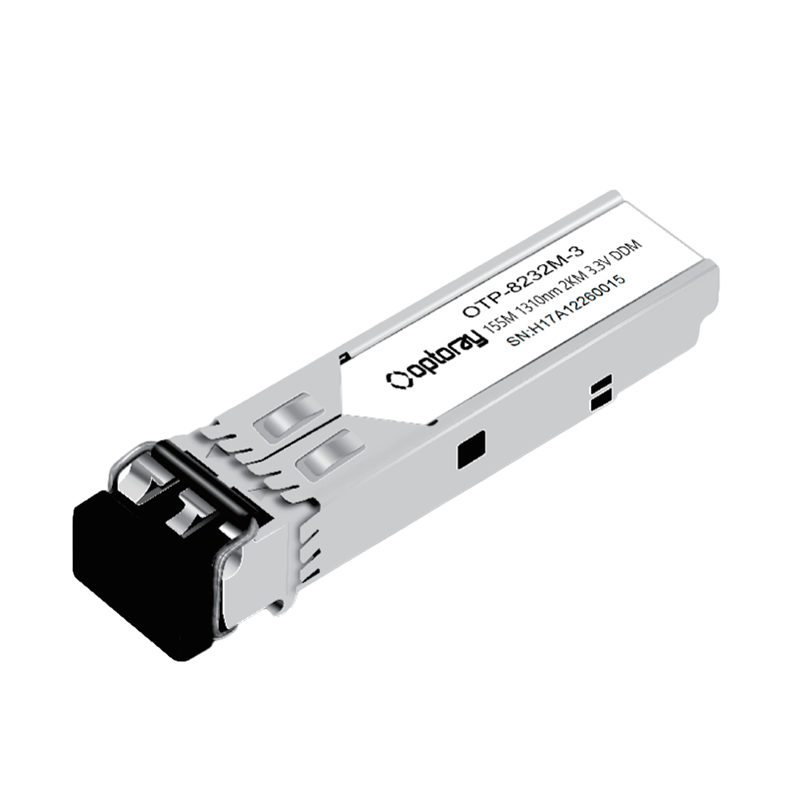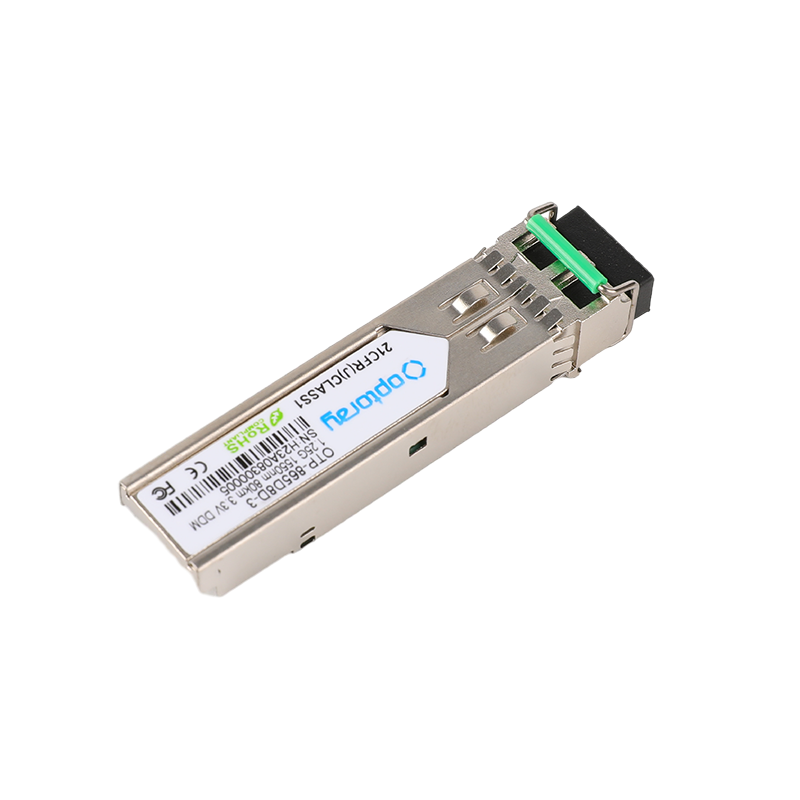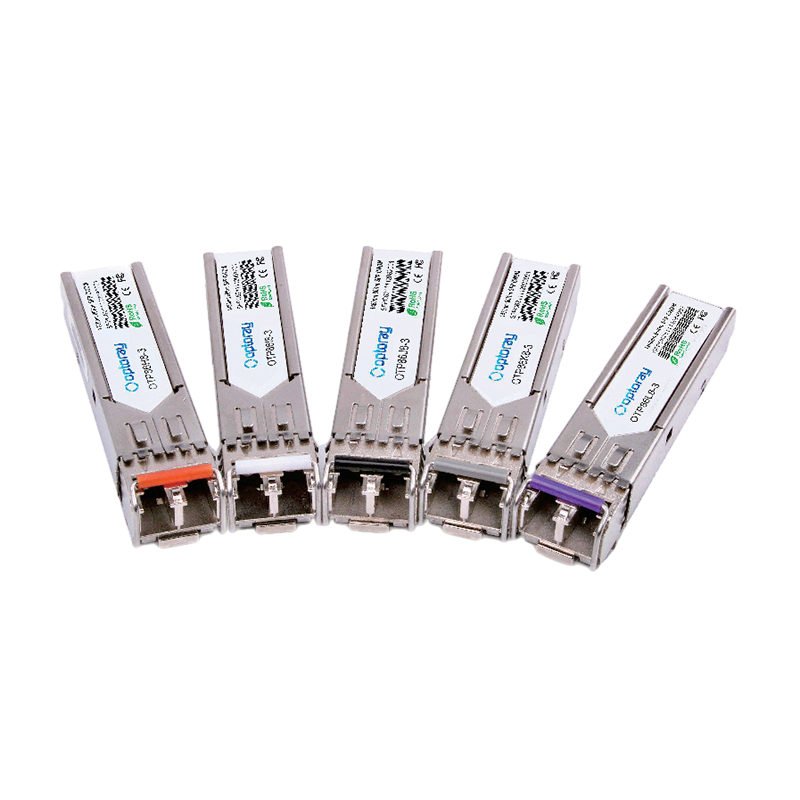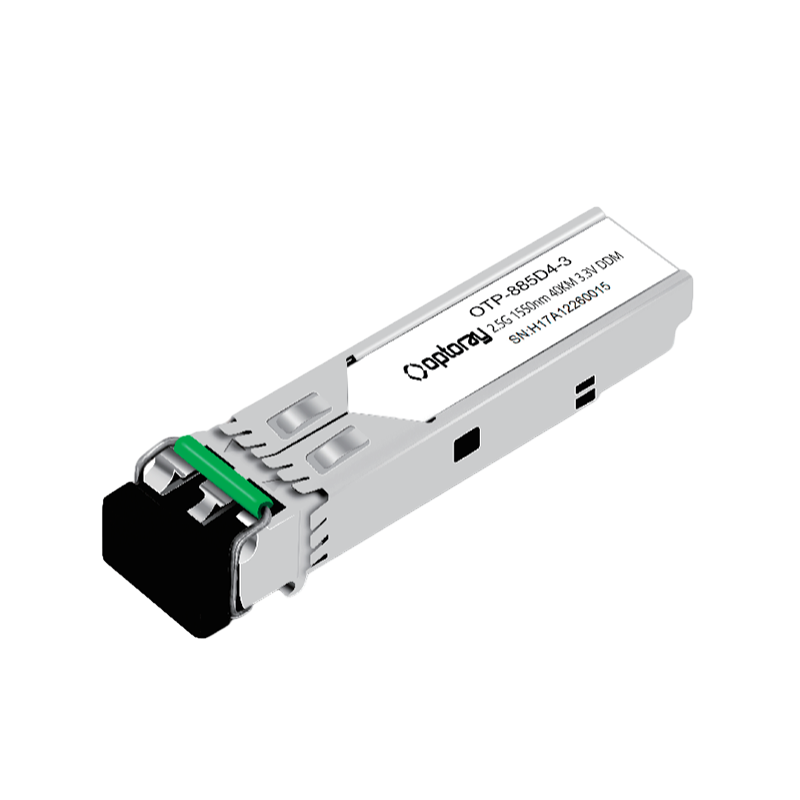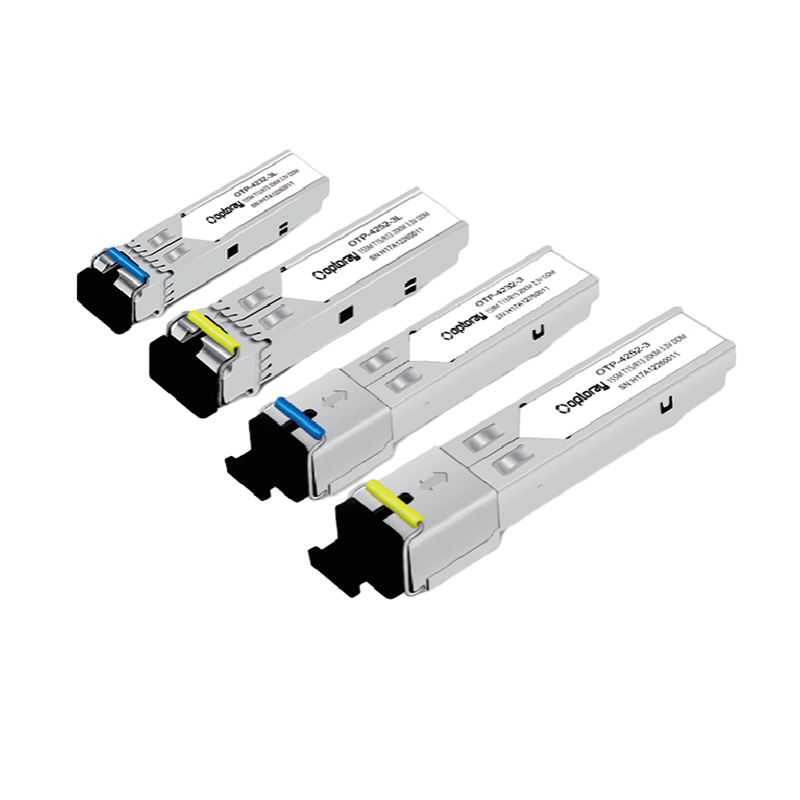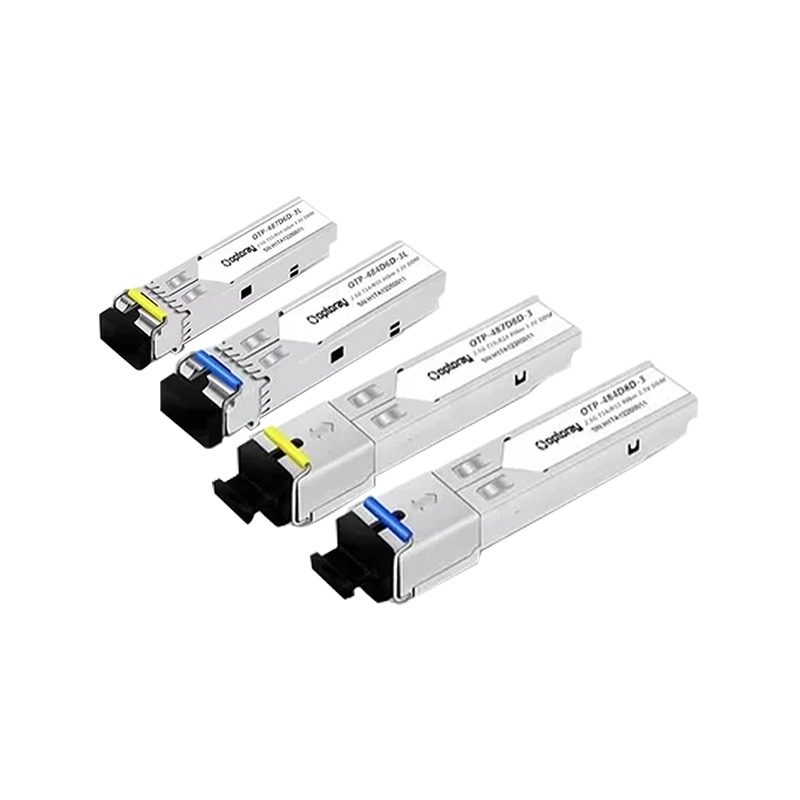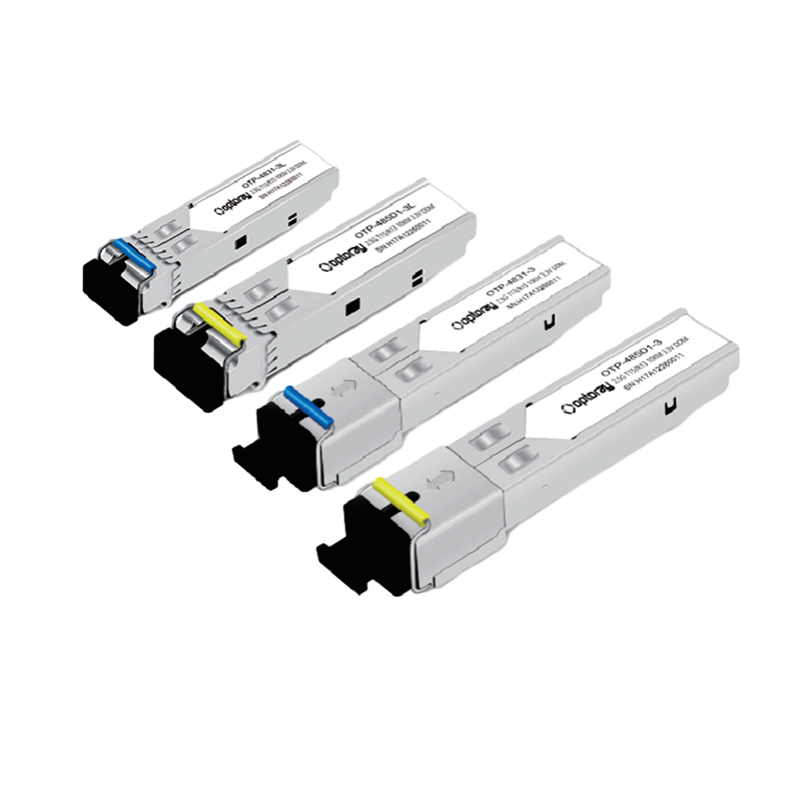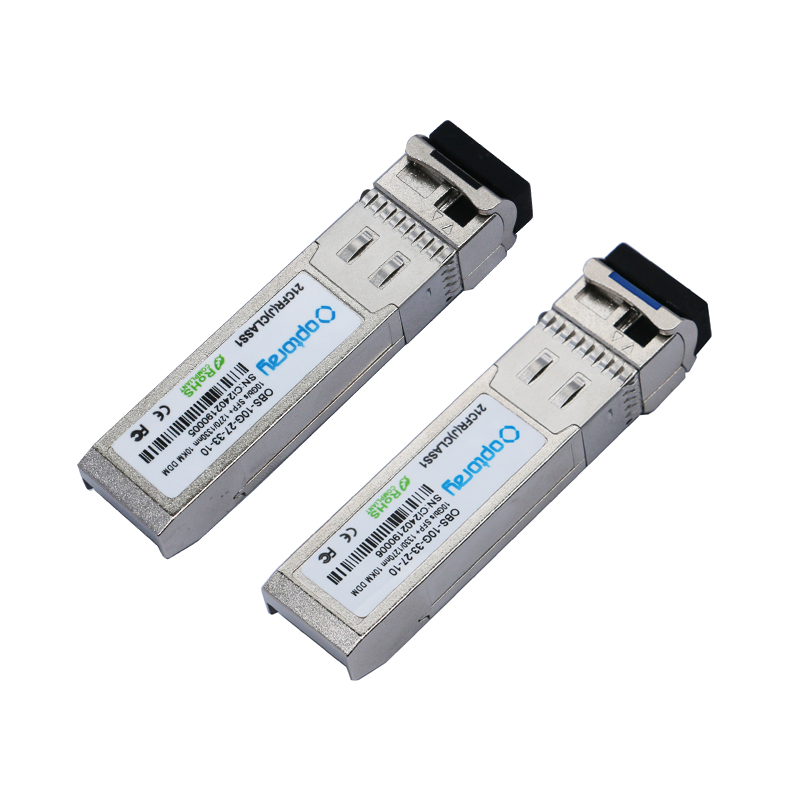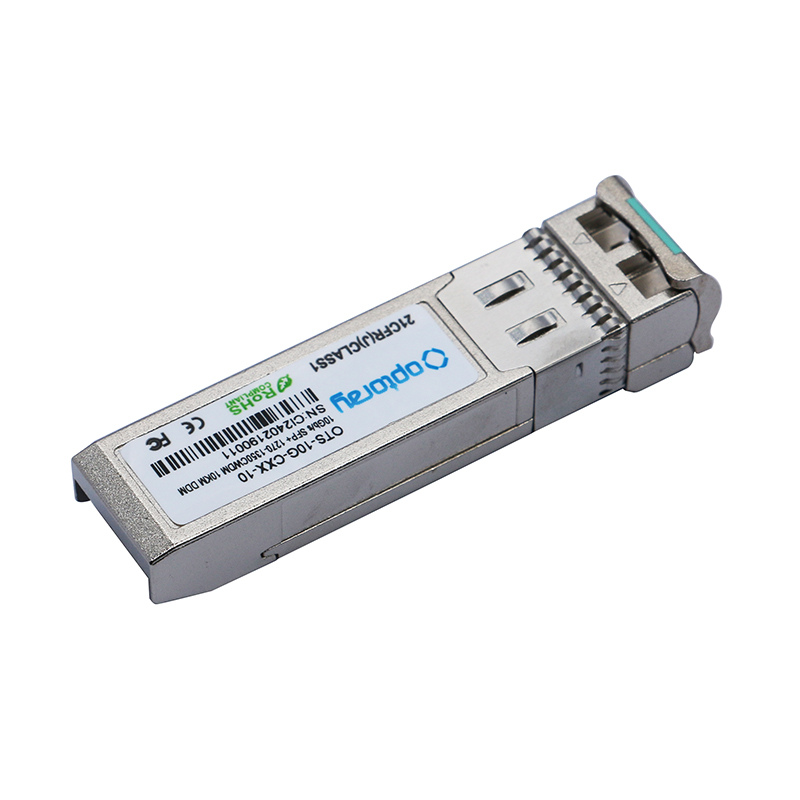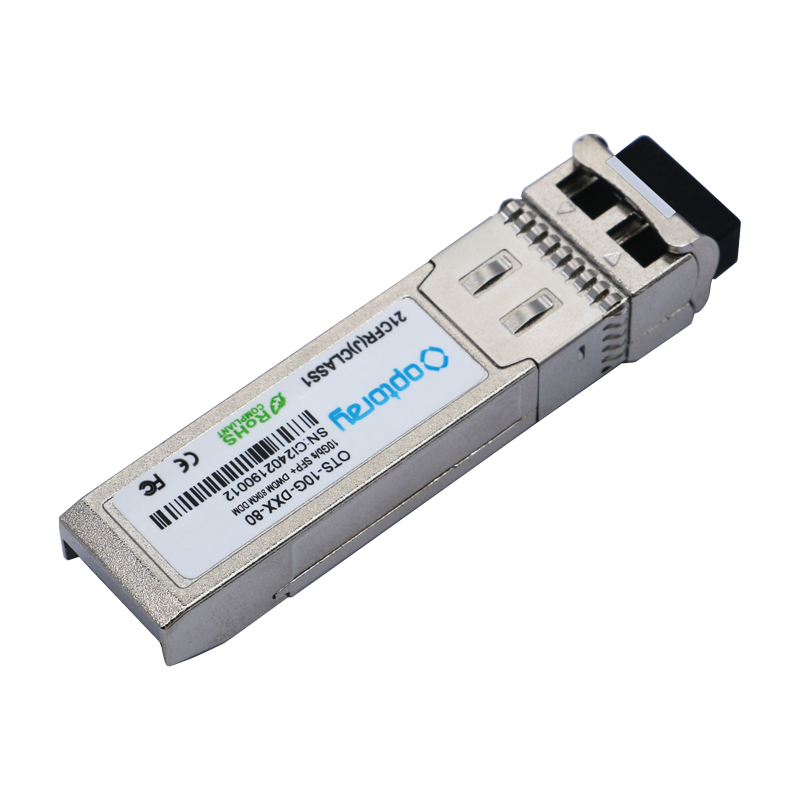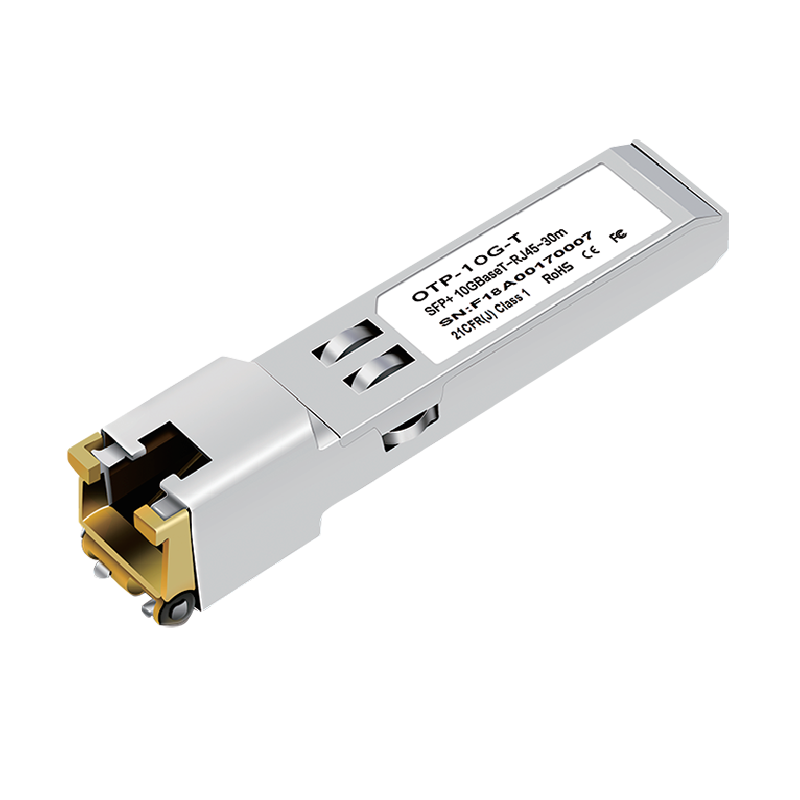+86-0559-5290604
Optical transceiver: key technology in the field of communication
In the field of modern communications, especially in data transmission and network construction, optical transceiver plays a vital role. As a fiber-optic communication device that integrates sending and receiving functions, optical transceivers not only improve the rate of data transmission, but also significantly improve the stability and transmission distance of the network.
What is an optical transceiver?
An optical transceiver is a device that transmits data through optical fiber. It integrates core components such as lasers, photodetectors, and optical modules. It can convert electrical signals into optical signals and transmit them through optical fibers. It can also convert received optical signals back to electrical signals. It is usually used in switches, routers, servers and other devices to ensure that data can be transmitted stably in long-distance and high-speed networks.
The working principle of optical transceivers
The basic working principle of optical transceivers is based on photoelectric conversion technology. First, after the electrical signal enters the optical transceiver, it is converted into an optical signal through an electro-optical conversion module. The laser modulates the electrical signal onto a light wave and transmits it to the receiving end through optical fiber. The photodetector at the receiving end is responsible for converting the received optical signal back to an electrical signal for subsequent processing.
The biggest advantage of this method is that it can maintain signal integrity over a longer distance and is not susceptible to electromagnetic interference, so it is suitable for various scenarios requiring high stability and long-distance transmission.

Classification of optical transceivers
Optical transceivers can be classified differently according to their transmission rate, transmission distance and the type of optical fiber used. Common classification methods include the following:
Classification by transmission rate
The transmission rate of optical transceivers is usually divided into the following categories:
Gigabit optical transceiver: usually used in application scenarios with a transmission rate of 1000Mbps (1Gbps).
10G optical transceiver: supports 10Gbps high-speed data transmission, suitable for scenarios with high bandwidth requirements such as data centers and high-speed networks.
40G, 100G optical transceivers: suitable for higher-speed network transmission, commonly used in ultra-large-scale cloud data centers and backbone networks.
Classification by transmission distance
According to the transmission distance, optical transceivers can be divided into:
Short-range (SR) optical transceiver: suitable for scenarios with high bandwidth requirements within a few hundred meters.
Long-distance (LR) optical transceiver: suitable for transmission distances of several kilometers.
Extreme-long-distance (ER) optical transceiver: used for long-distance fiber transmission of tens of kilometers or even longer.
Classification by fiber type
Optical transceivers can also be classified according to the type of fiber used:
Single-mode fiber transceiver: uses single-mode fiber for data transmission, suitable for long-distance, low-attenuation transmission.
Multimode fiber transceiver: uses multimode fiber, suitable for high-bandwidth transmission over shorter distances.

Application scenarios of optical transceivers
With the rapid development of Internet technology, the application scope of optical transceivers is becoming more and more extensive.
1. Data center
In large data centers, optical transceivers are used to connect servers with switches and routers to ensure that data can be efficiently transmitted in a high-bandwidth and low-latency environment.
2. Enterprise network
Optical transceivers are widely used in enterprise network architecture, especially long-distance data transmission across buildings or cities. They can effectively improve the stability and scalability of the network.
3. Telecom operators
In the telecommunications industry, optical transceivers are used in the operators' fiber-optic backbone and access networks, carrying large-scale voice, video and data services to ensure communication quality.
4. Broadcasting and television
Fiber-optic transceivers are widely used in the field of broadcasting and television, especially in remote live broadcasting or high-definition video transmission, ensuring high-quality signal transmission.
Development trend of optical transceivers
With the continuous advancement of communication technology, optical transceivers are also constantly innovating and upgrading.
1. Higher-speed optical transceivers
With the advancement of technologies such as 5G, cloud computing, big data and artificial intelligence, the demand for network bandwidth is increasing. The transmission rate of optical transceivers has gradually developed from the initial gigabit (1G) to 10G, 40G, 100G, and even higher transmission rates. It is expected that the rate of optical transceivers will continue to increase in the future to meet the demand for greater data traffic.
2. Higher integration
With the advancement of technology, the integration of optical transceivers has gradually increased, and more and more functions are integrated into a small chip. This integrated design can reduce power consumption, reduce device size, and improve overall performance.
3. Low power design
Due to the sensitivity of data centers and communication equipment to energy consumption, low-power optical transceivers will become an important development direction in the future. By optimizing optoelectronic conversion technology and reducing the power consumption of optical devices, optical transceivers will be more energy-efficient and environmentally friendly.
4. Compatibility and interoperability
With the diversification of network architecture, optical transceivers will support more interoperability of different manufacturers and platforms. Future optical transceivers will have better compatibility and can achieve seamless connection between different devices and systems.



 English
English русский
русский


